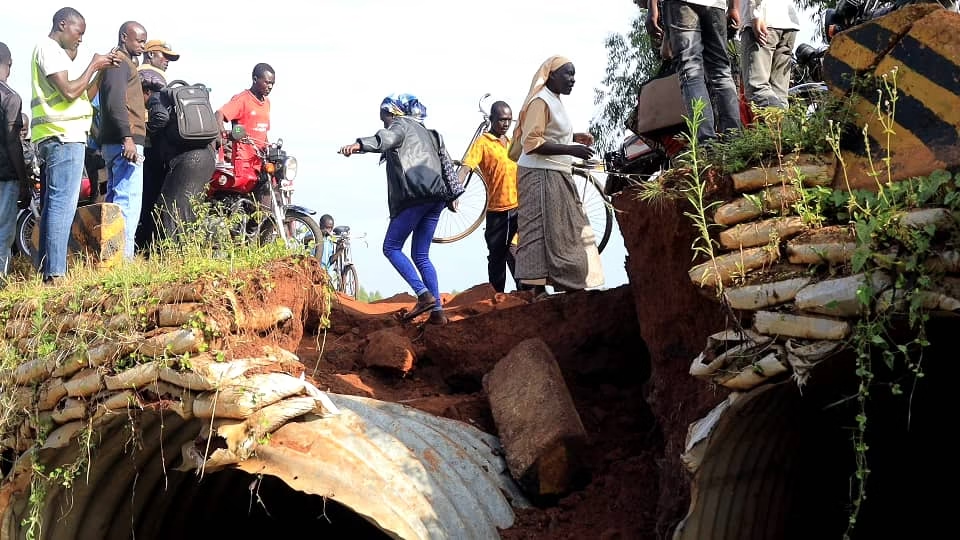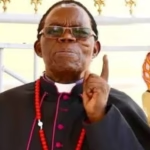The Rubongi Bridge, a vital artery connecting Tororo and Butaleja districts, has once again succumbed to the fury of heavy rains, severing a crucial transportation link. This is not an isolated incident; the bridge has a history of being washed away, with previous collapses occurring in 2022 and a temporary diversion being swept away in November 2024.
The collapse of the Rubongi Bridge has far-reaching consequences, affecting hundreds of residents and travelers who rely on this route for their daily commute. The bridge’s strategic location, linking Rubongi barracks to Tororo town and connecting the Nagongera-Busolwe road, makes its collapse a significant concern. The disruption to travel between Tororo and Butaleja districts will undoubtedly have economic and social implications for the affected communities.
In response to this crisis, Tororo MPs have issued a two-week ultimatum to the Uganda National Roads Authority (UNRA) to fix the bridge. If UNRA fails to act, the MPs have threatened to close their office, underscoring the gravity of the situation and the need for urgent action.
The recurring collapse of the Rubongi Bridge highlights the need for a more permanent solution to ensure the bridge’s stability and safety. The government must prioritize the construction of a durable and flood-resistant bridge that can withstand the forces of nature. Anything less would be a Band-Aid solution, leaving the communities vulnerable to future disruptions.
The Rubongi Bridge collapse is a stark reminder of the importance of infrastructure resilience in the face of climate change. It is imperative that the government takes swift and decisive action to restore the bridge and ensure that such a crisis does not recur. The people of Tororo and Butaleja deserve a reliable and safe transportation network, and it is the government’s responsibility to provide it.



